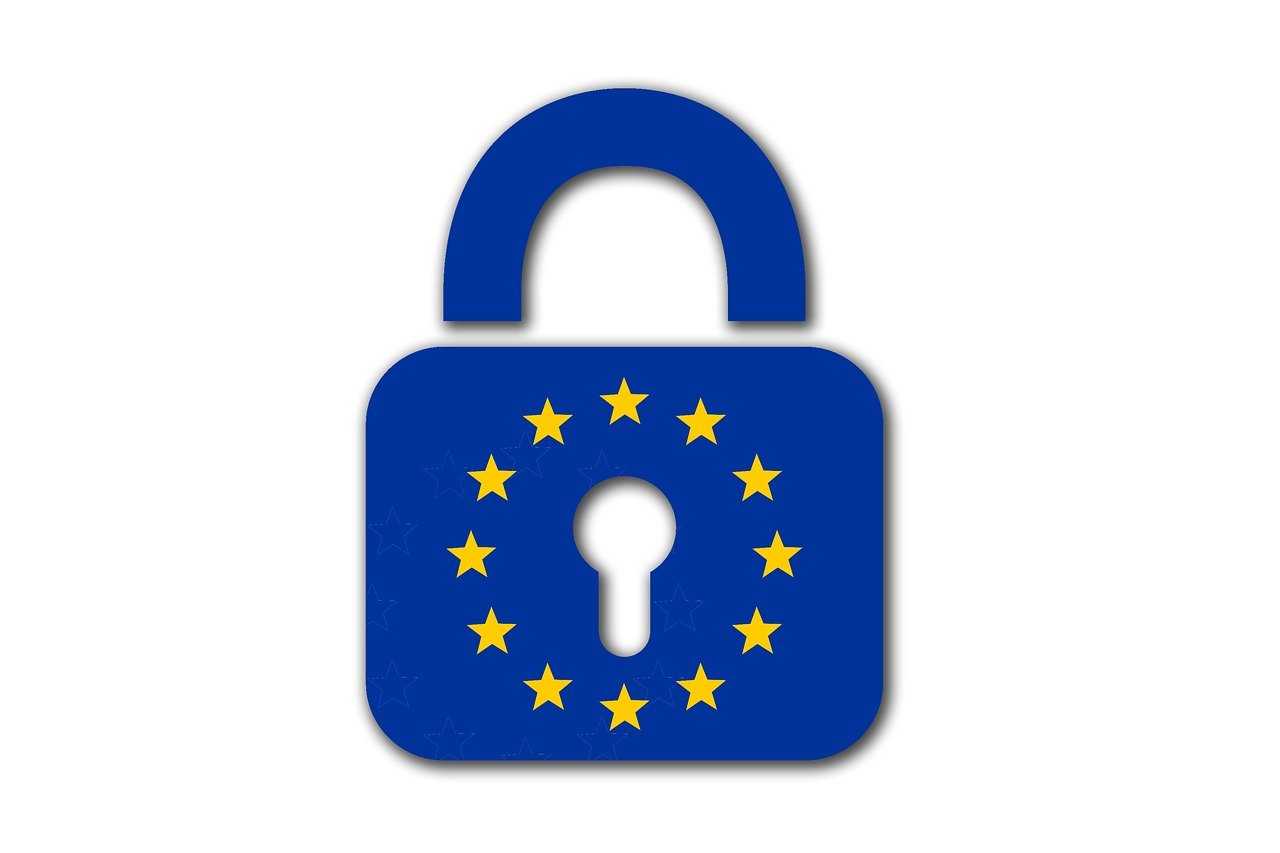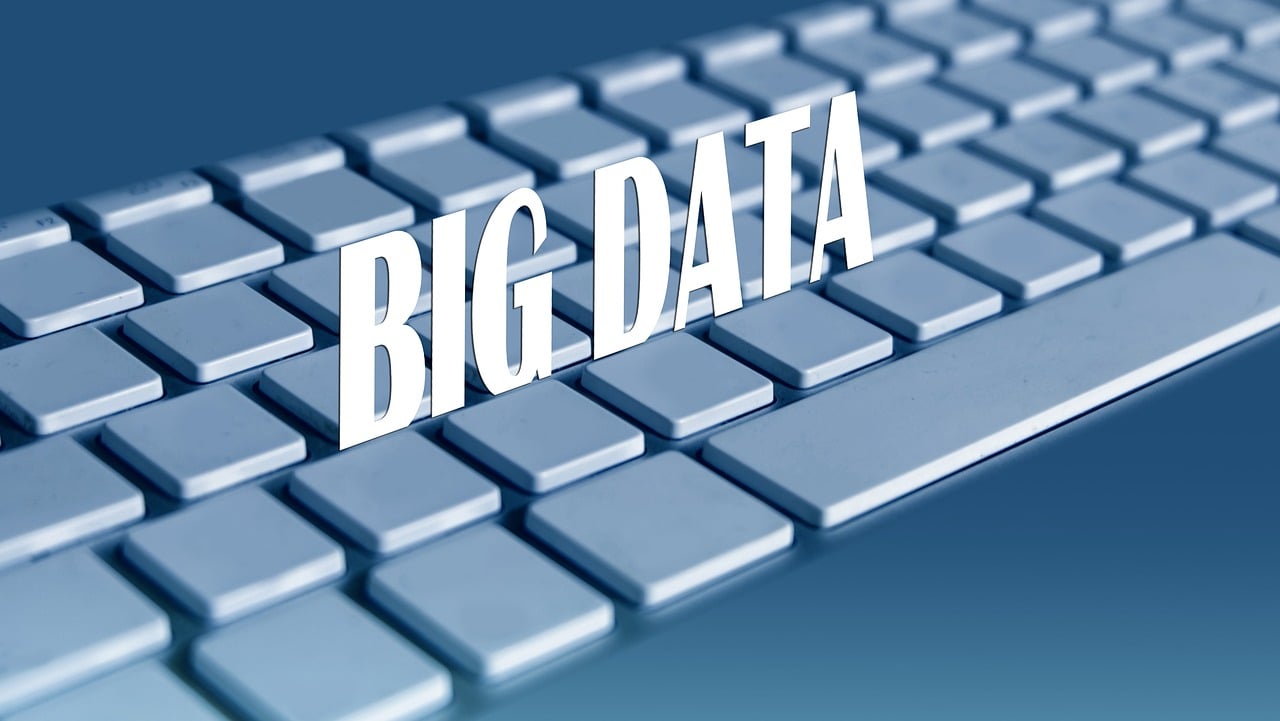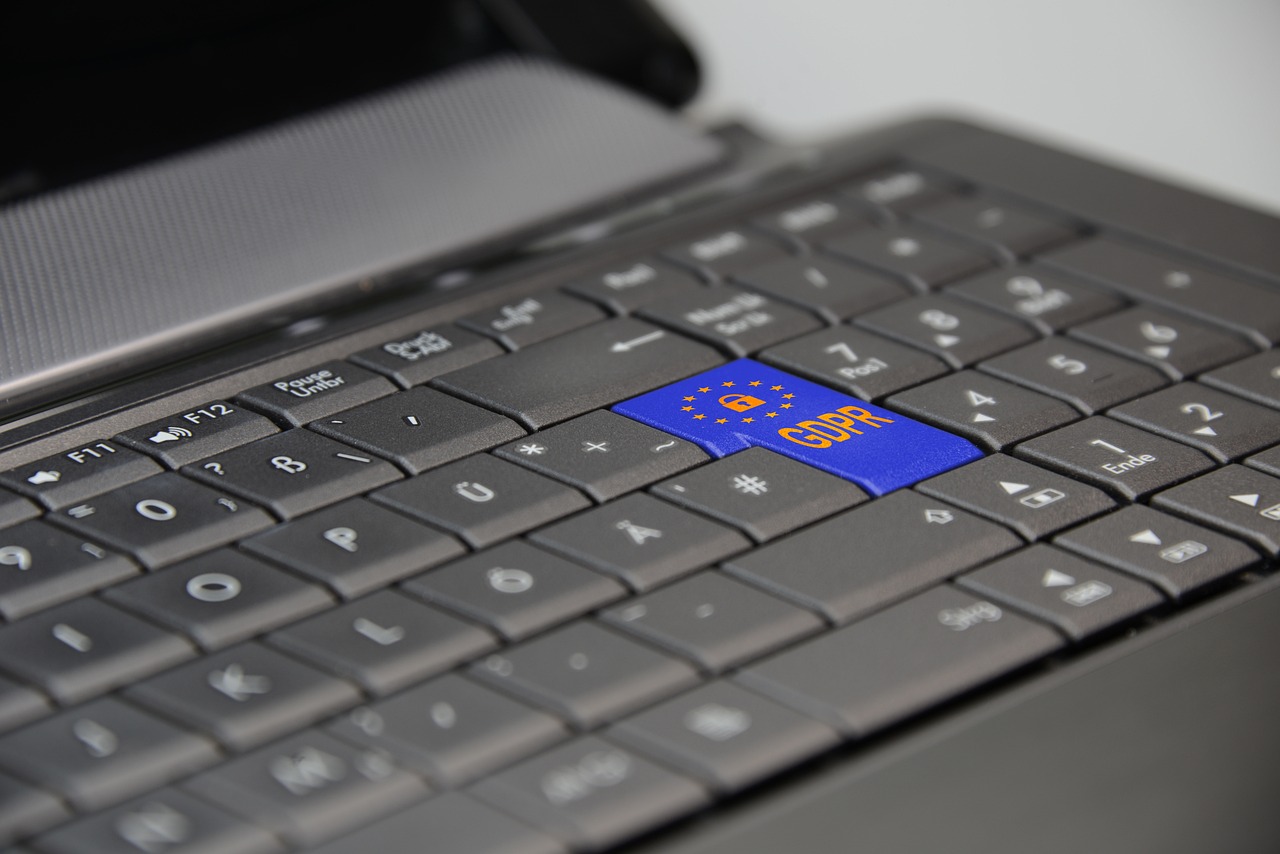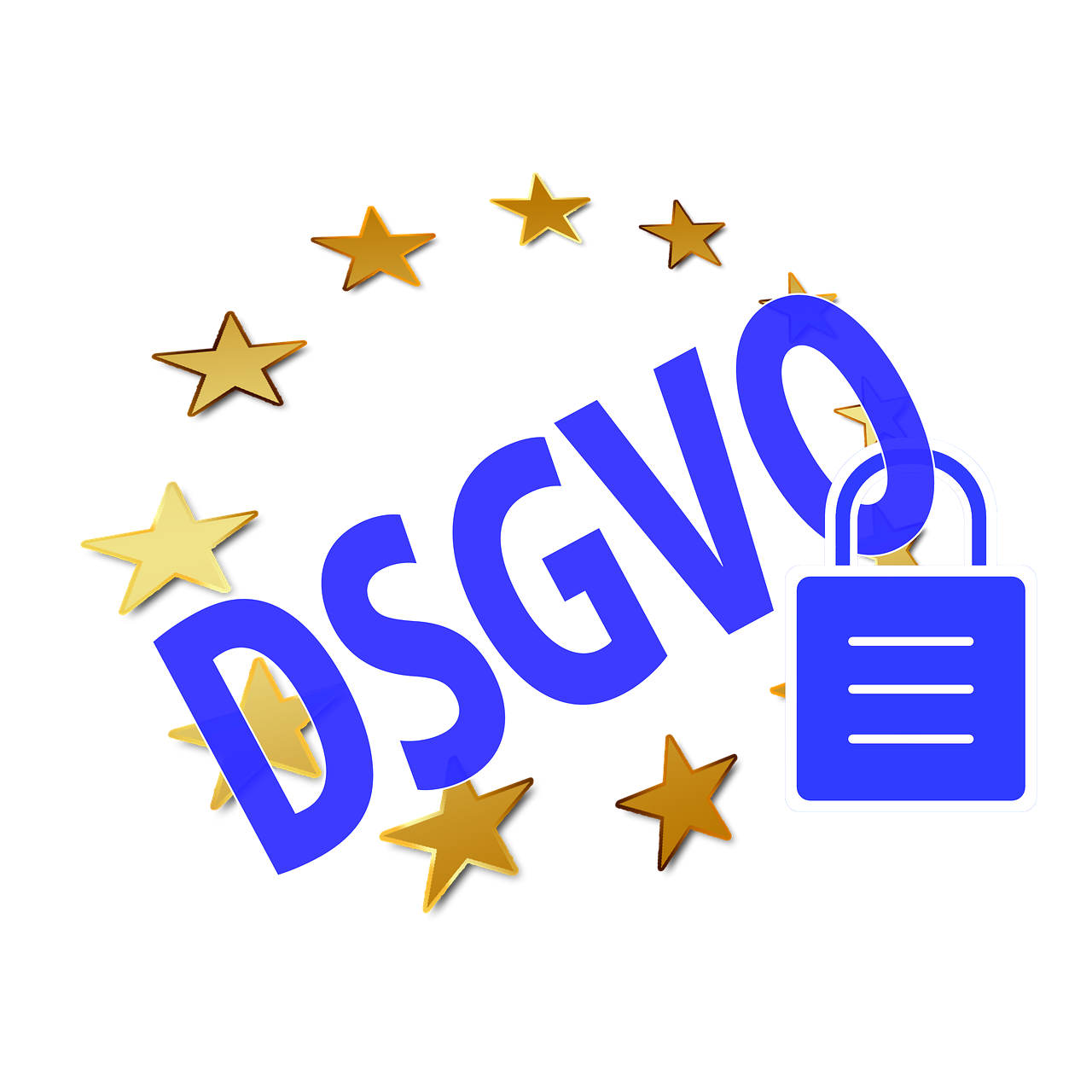In today’s fiercely digital business landscape, handling customer data responsibly is not just an ethical mandate but a legal necessity. As privacy regulations evolve globally, ensuring that your business complies with data privacy laws has transformed from a back-office task into a strategic imperative that impacts trust, reputation, and financial stability. Companies must navigate a complex maze of regional regulations like GDPR in Europe, CCPA in California, DPDP Act in India, and emerging frameworks worldwide. Ignoring these can lead to steep fines and irreparable reputational damage. This guide explores pragmatic approaches, technological tools, and best practices that empower businesses to build robust data privacy strategies, safeguarding sensitive information while optimizing operational efficiency. With evolving challenges and advancing solutions, data privacy compliance today demands sustained commitment, continuous adaptation, and leveraging the right resources to stay ahead of legislative changes and consumer expectations.
Deciphering Major Data Privacy Regulations for Business Compliance in 2025
Understanding the landscape of data privacy regulations is the essential first step in ensuring business compliance. By 2025, a patchwork of laws governs how organizations collect, use, store, and share personal data. Regulations differ by jurisdiction, but common principles such as transparency, consent, data minimization, and breach notification prevail.
For instance, the General Data Protection Regulation (GDPR) sets a gold standard across Europe, emphasizing strict consent requirements and empowering consumers with rights like data access, correction, and erasure. Meanwhile, the California Consumer Privacy Act (CCPA) offers a slightly different angle on consumer control over data with emphasis on disclosure and the right to opt out of data sales. Additionally, countries like India and Brazil have introduced robust data protection laws aligning with global trends but tailored to local contexts.
Businesses operating internationally must reconcile these overlapping requirements to create unified or region-specific compliance frameworks. Failure to do so can result in fines, legal actions, and consumer distrust.
Among relevant regulations to examine:
- GDPR (European Union): Requires lawful basis for data processing, strict consent protocols, data protection officers in many cases, and robust breach reporting.
- CCPA/CPRA (California): Grants consumers rights to know, delete, and restrict the sale of their personal information.
- DPDP Act (India): Focuses on critical personal data security and accountability in data processing.
- LGPD (Brazil): Mirrors GDPR’s principles with additional obligations on data subject rights.
Effective compliance requires organizations to understand where their clientele resides, the types of data gathered, and the jurisdictional requirements that apply.
Several platforms like OneTrust and TrustArc offer intelligence on regulatory nuances, helping businesses stay current and automate compliance efforts. Tools like BigID and PrivacyTools aid in data mapping and classification, essential for demonstrating adherence to regulations.
Learn more about data privacy regulation landscapes here.
| Regulation | Geographic Scope | Key Consumer Rights | Typical Penalties |
|---|---|---|---|
| GDPR | European Union | Access, erasure, portability, consent withdrawal | Up to €20 million or 4% annual turnover |
| CCPA/CPRA | California, USA | Right to know, delete, opt-out of sale | $2,500 to $7,500 per violation |
| DPDP Act | India | Data security, consent, grievance handling | Fines and criminal penalties |

Building a Comprehensive Data Privacy Compliance Strategy for Businesses
Launching into compliance without a structured strategy can be overwhelming. A successful approach demands a granular understanding of your business’s data flows, risk areas, and stakeholder expectations.
Start with a thorough data audit. Tools such as DataGrail and WireWheel excel in automatically discovering where data resides across legacy and cloud systems, identifying sensitive data, and classifying it against privacy categories.
Steps to build your strategy effectively:
- Map data processing activities: Identify what personal data you collect, for what purpose, and how you process or share it.
- Implement privacy by design: Integrate data privacy principles into product development and operational procedures from the start.
- Assign accountability: Designate a Data Protection Officer (DPO) or responsible team to oversee compliance efforts, especially critical for GDPR compliance.
- Develop clear privacy policies: These policies must communicate data practices transparently and should be accessible to consumers and staff.
- Train employees: Awareness training to prevent accidental breaches and promote a privacy culture is essential.
Real-world success stories illustrate these principles best: For example, a fintech startup leveraged Securiti.ai to automate data subject request handling, significantly reducing response times while maintaining regulatory compliance. Another retailer integrated Privitar solutions for robust data masking, ensuring compliance even when processing analytics data.
Consulting detailed guides like Securityium’s GDPR compliance framework can provide actionable insights and templates.
| Strategy Component | Description | Recommended Tools |
|---|---|---|
| Data Inventory | Comprehensive map of personal data collected and processed | BigID, PrivacyTools |
| Risk Assessment | Identifying vulnerabilities and areas of non-compliance | OneTrust, TrustArc |
| Employee Training | Ongoing internal education about privacy best practices | DataGrail, WireWheel |
Technical Measures and Security Controls to Support Data Privacy Compliance
Regulatory demands are not only about paperwork and policies; they require concrete technical controls to protect personal data from unauthorized access, alteration, or loss.
Certain technical safeguards have become industry standards:
- Encryption: Critical for securing data at rest and in transit. Tools such as Symantec provide comprehensive encryption solutions tailored for enterprises.
- Access Controls: Implement role-based access management to ensure that only authorized personnel can view sensitive information.
- Data Masking and Anonymization: Techniques to protect individual identities when data is used for analytics or shared with partners, employing solutions like Privitar.
- Regular Security Audits: Continuous vulnerability testing and penetration testing identify and rectify weaknesses.
- Incident Response Plans: Establish rapid protocols to handle data breaches, minimizing impact and meeting notification timelines.
Beyond these, compliance monitoring software from companies like OneTrust and Securiti.ai offers automated alerting and workflow management to reduce human error.
Consider the following exemplary security control table:
| Control | Purpose | Example Solutions |
|---|---|---|
| Encryption | Protect data confidentiality during storage and transmission | Symantec Endpoint Encryption, Vera |
| Access Management | Restrict unauthorized data access | OneTrust, TrustArc |
| Data Masking | Hide personally identifiable data in testing and analytics | Privitar, BigID |

Leveraging Privacy Management Platforms and Automation for Compliance Efficiency
Manual data privacy compliance processes are time-consuming and prone to error. Privacy management platforms represent the next evolution, combining compliance frameworks, risk assessments, and automated workflows.
Leading platforms such as OneTrust, TrustArc, and DataGrail provide functionalities to handle consent management, data subject access requests, vendor risk assessments, and privacy impact assessments. Employing these platforms can streamline compliance operations and enhance accountability.
Automation features help businesses keep pace with rapid changes in laws and operational realities. For example, automating cookie consent on websites, updating privacy policies, or managing DSARs (Data Subject Access Requests) reduces latency and improves customer experience.
Benefits include:
- Centralized Dashboard: Real-time monitoring of compliance status across multiple jurisdictions.
- Regulatory Updates: Automated alerts about new or amended privacy laws worldwide.
- Workflow Automation: Systematic handling of requests and incident management.
- Risk Scoring: Prioritize mitigation efforts based on risk levels.
A case in point is a multinational manufacturing company that reduced DSAR response time by 50% after integrating WireWheel for privacy automation workflows. Another example involves a healthcare provider adopting PrivacyTools to automate vendor compliance checks, ensuring all third-party processors met GDPR and HIPAA standards.
More insights on these technologies appear in resources such as Forbes’ expert panel on data privacy practices.
Top Data Privacy Compliance Tools

Fostering a Privacy-First Corporate Culture and Ensuring Continuous Compliance
Achieving compliance is not a one-time project but an ongoing journey demanding cultural commitment and periodic reassessment. Cultivating a privacy-first mentality throughout the organization ensures that data privacy is embedded into everyday decision-making.
An effective privacy culture includes:
- Leadership Buy-in: Executive support signals priority and facilitates resource allocation.
- Regular Training and Awareness Campaigns: Keep staff informed about evolving rules and organizational policies.
- Clear Accountability and Reporting Lines: Empower teams to escalate concerns quickly.
- Inclusive Policy Development: Invite feedback from different departments to balance compliance and operational needs.
- Routine Audits and Gap Analysis: Use continuous monitoring tools to detect nonconformance promptly.
Companies like those utilizing Vera for document protection and audit trails can leverage technology to reinforce training and compliance tracking. Sharing anonymized breach case studies internally helps teams understand real risks and consequences.
Data privacy compliance also extends into vendor and partner management, requiring contractual clauses and verification processes to maintain end-to-end protections.
For practical guidance, review KC Business Law Group’s resources on privacy compliance.
| Culture Component | Best Practice | Impact |
|---|---|---|
| Leadership Engagement | Allocate resources and actively promote privacy principles | Strengthens compliance adherence across departments |
| Training Programs | Mandatory, regular sessions incorporating latest regulations | Reduces incident risks and empowers employees |
| Continuous Monitoring | Use tools for automated compliance auditing | Ensures early detection and remediation |
Common Challenges and Practical Solutions in Data Privacy Compliance
Despite best efforts, businesses face numerous challenges when implementing and maintaining data privacy compliance. Complexity of regulations, rapid regulatory changes, and growing volumes of data intensify difficulties.
Key challenges include:
- Global Regulatory Overlap: Reconciling conflicting requirements from different regions can complicate compliance efforts.
- Data Inventory and Accuracy: Maintaining up-to-date records of where personal data resides, how it flows, and who accesses it.
- Resource Constraints: Small and medium enterprises often struggle with limited budgets and expertise.
- Employee Compliance: Addressing human factors like negligence or misinformation within the workforce.
- Third-party Vendor Risks: Ensuring that all partners and service providers comply with data privacy obligations.
Addressing these requires a multipronged approach:
- Adopt Scalable Technology Solutions: Platforms like OneTrust and DataGrail enable tailored responses to diverse regulatory needs and organizational sizes.
- Engage Legal and Privacy Experts: Regular consultations with attorneys specializing in data protection, such as those referenced in Founders Legal, help anticipate regulatory trends and mitigate risk.
- Develop Robust Vendor Management: Contractual clauses, audits, and risk assessments to ensure chain-of-compliance.
- Continuous Employee Education: Reinforce policies through training and testing.
- Prepare Incident Response Plans: Streamline breach notification and mitigation to comply with strict timelines.
As an example, a mid-sized SaaS company overcame compliance hurdles by partnering with TrustArc for ongoing risk assessment and employee training programs, ensuring sustained adherence despite a fast-changing regulatory environment.
Diving deeper into best practices can be done via resources like Kickidler’s comprehensive data privacy compliance article.
Ensuring data privacy compliance in 2025 is a complex yet manageable task when approached strategically with the right tools, knowledge, and culture. It demands ongoing vigilance, investment, and a commitment to respect and protect individual privacy rights.
Frequently Asked Questions about Data Privacy Compliance
How often should my business update its data privacy policies?
Data privacy policies should be reviewed and updated at least annually or whenever new regulations come into force or the scope of data processing significantly changes. Staying current reduces legal risks and maintains customer trust.
What are the initial steps to achieve compliance with GDPR?
Begin with a comprehensive data mapping to understand what personal data is processed. Assign a Data Protection Officer if applicable, implement data subject rights mechanisms, and ensure consent and transparency throughout data handling.
Can small businesses afford the cost of compliance tools like OneTrust or TrustArc?
Many vendors offer tiered pricing or modular services allowing smaller businesses to utilize essential compliance features cost-effectively. Additionally, the cost of non-compliance often outweighs investment in these tools.
How do I handle data breaches under privacy laws?
Establish clear incident response and notification procedures aligned with legal timelines. Report breaches promptly to authorities and affected individuals, and conduct root cause analysis to prevent future incidents.
Are third-party vendors also accountable for data privacy compliance?
Absolutely. Businesses must ensure third parties implement adequate data protection safeguards and comply with applicable laws through contracts, audits, and ongoing oversight.


